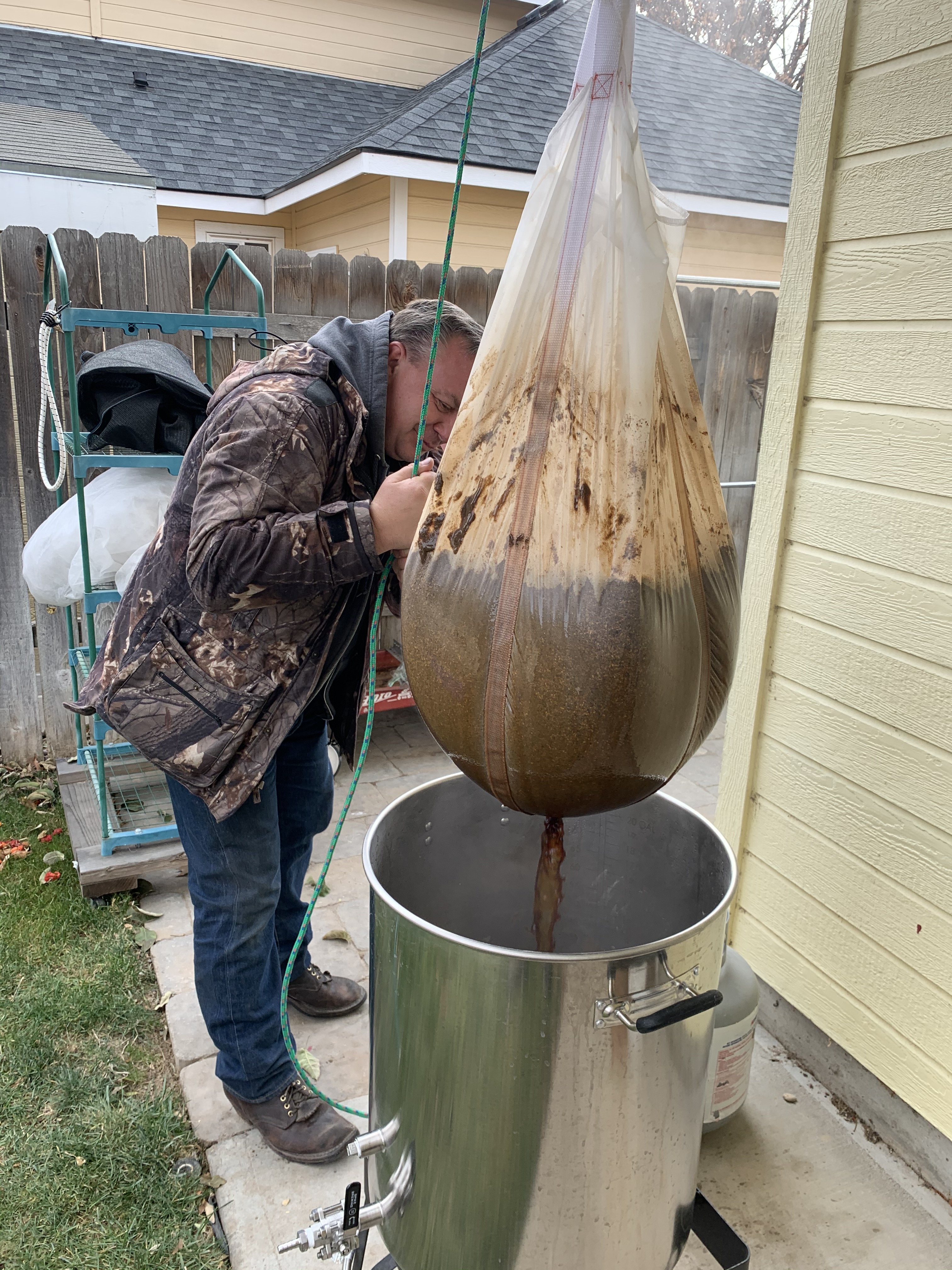All of those things are like high-end golf clubs, fancy shoes, and a subscription to golf digest; now that you've got the knowledge and the tools, all that's missing is more practice.I have the pH meter, have the salts, use r/o water, did 2 so far. No better than with plain old tap water so far.
Disclaimer:
I'm in the same position you are but with far less experience than you have. I own a pH meter but have never opened the box.






















![Craft A Brew - Safale S-04 Dry Yeast - Fermentis - English Ale Dry Yeast - For English and American Ales and Hard Apple Ciders - Ingredients for Home Brewing - Beer Making Supplies - [1 Pack]](https://m.media-amazon.com/images/I/41fVGNh6JfL._SL500_.jpg)
























